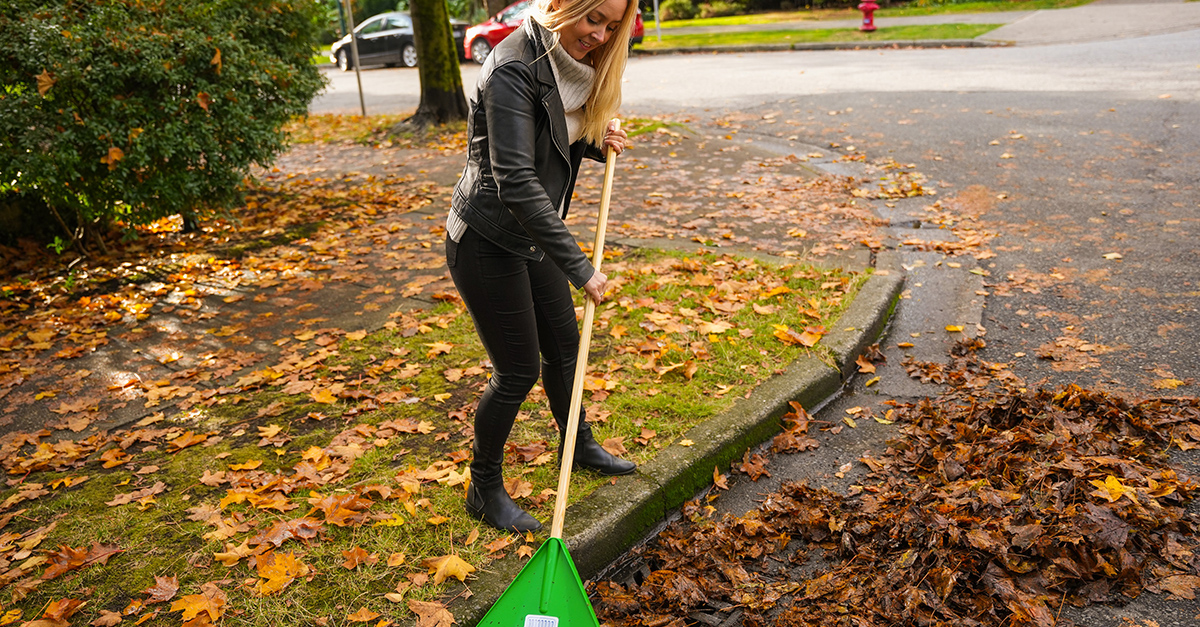
November 17 2022 –
Rain and snow combined with falling leaves and other debris are ingredients for clogged catch basins, which can contribute to flooding in our streets. Fortunately, Vancouver has over 1,800 “adopters” who give their time and energy to keep neighbourhood catch basins clear as part of our annual Adopt-a-Catch-Basin External website, opens in new tab program.
Keeping catch basins clear prevents flooding and ponding in streets, which protects properties and makes streets safer for pedestrians and drivers. It also prevents debris from getting swept into adjacent waterways that are often habitats for wildlife.
How to adopt a catch basin
We have about 39,500 catch basins available for adoption. To adopt and name your new catch basin, go to adoptacatchbasin.ca External website, opens in new tab. Catch basins marked with “hearts” are prone to flooding and are in need of a little extra care. The best time to check on catch basins is before and after heavy rain or snow, and when trees begin to shed leaves.
Safety guidelines
- Do not use your hands to move leaves or debris blocking the catch basins, instead use a long-handled rake, broom or shovel to clear away materials.
- Stay visible with bright clothing or a safety vest when clearing your catch basin.
Report hazardous materials
- Do not attempt to move or pick up hazardous materials like needles, broken glass, or deceased wildlife.
- Report hazardous materials online using Van311 or by phoning 3-1-1.
- Report discarded needles to the Mobile Needle Exchange at 604-657-6561.
Watch for traffic
- Be mindful of car and bike traffic, and other pedestrians, and stay out of the street whenever possible.
- Make sure that you only cross the street at designated crossing areas. Avoid crossing mid-block.
Quotes
Gamelle Fitzgibbon, local catch basin adopter
“Since I joined the program, and started cleaning debris from catch basins in my West End neighbourhood, people stop to thank me or ask me what I am doing“ says local adopter Gamelle Fitzgibbon. “It feels good being involved in my neighbourhood and environment.”
Jimmy Zammar, director of Urban Watersheds, Sewers, and Drainage
“Our crews work hard to regularly remove leaves from streets, and keep catch basins and our drainage system clear. The City has roughly 45,000 catch basins and it’s difficult to attend to all of them within a short period,” says Jimmy Zammar, director of Urban Watersheds, Sewers, and Drainage for the City. “On average, we receive 1,200 calls a year from residents reporting surface flooding from blocked catch basins. Like other cities in the Lower Mainland, we’re seeing more intense and frequent rainfall due to climate change, with more potential for flooding.”
“Usually we see about 600 new catch basins adopted annually, but last year residents stepped up like never before, adopting more than 1,200 new basins. This year, we’re hoping to break that record.”